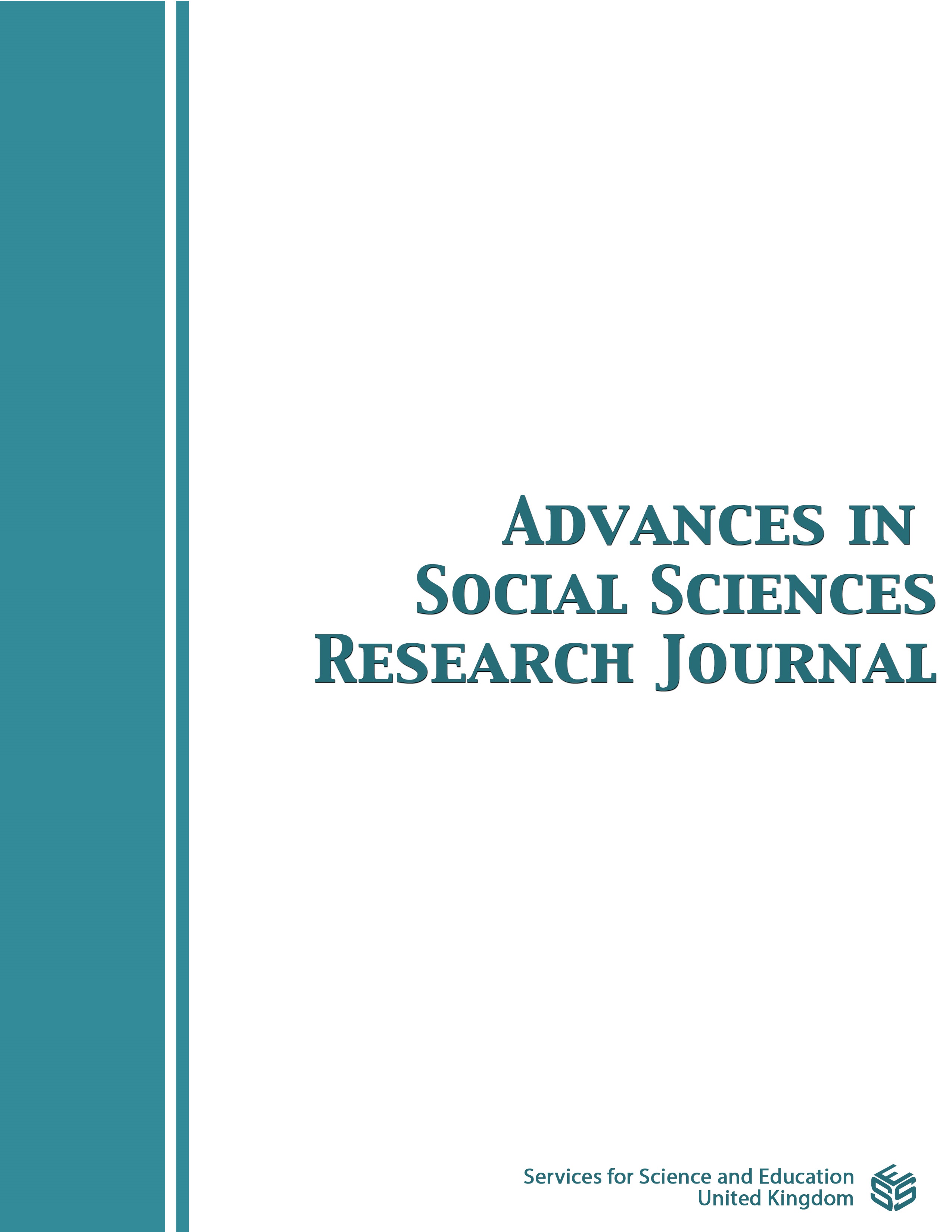Philosophy of Body: Embodiment, Perception, and Understanding Other Minds
DOI:
https://doi.org/10.14738/assrj.1011.15886Keywords:
Inter-subjectivity, embodied self, mental states, mental processes, other minds, kinaesthetic experience, perception, gestalt configurations, metaphorical mappingsAbstract
The lived body, as an embodied self, lives, breathes, perceives, acts and reasons (Drew Leder, 1990, 1-8). The imaginative, with its schematic structures, has a role in thought (Lakoff, 1987, 275; Johnson 1987, 76,) even as we show preference for the biological and psychological turn. The problem of other minds is about how we come by the power to understand other people, comprehend their behaviours, know their intentions, and discern their mental processes. In the Husserlian phenomenology, we come to know and recognize the other through bodily movement. The kinaesthetic experience of having a grip on its surrounding world leads the ego into the knowledge and recognition of the other (Husserl, 1937, 16, § 62). We can take this kinaesthetic experience of knowing the other through motor behaviour farther. Following an empathic understanding that comes from our shared motor resonance system, we understand others when their motor behaviour is put in a narrative framework (Gallagher, 2006). We admit, as Gallagher does, that neither a “cold theoretical logic” (of folk psychology ) nor a “self-controlled simulation” (of simulation theory ) replaces the powers associated with the primary- and secondary inter-subjectivity that attend the way we interact with others, first as babies and later as children (Gallagher, 2006, 12).
Downloads
Published
How to Cite
Issue
Section
License
Copyright (c) 2023 Jude Godwins

This work is licensed under a Creative Commons Attribution 4.0 International License.
Authors wishing to include figures, tables, or text passages that have already been published elsewhere are required to obtain permission from the copyright owner(s) for both the print and online format and to include evidence that such permission has been granted when submitting their papers. Any material received without such evidence will be assumed to originate from the authors.






